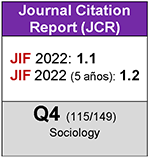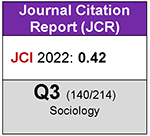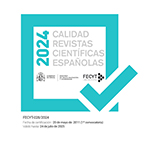Birth spacing: a strategy for combining work and family in Spain
DOI:
https://doi.org/10.5477/cis/reis.128.11Keywords:
Birth interval, Work-life balance, Employment, Fertility, Housework, Family planning, SpainAbstract
Birth intervals have rarely been considered a phenomenon worthy of study in developed countries, but rather a mere consequence of individuals? decisions about total family size and age at first birth. However, women may be using birth spacing as a strategy to make employment and motherhood more compatible. The aim of this paper is to shed light on the analysis of the influence that women?s attachment to work and received help with housework can have on the length of second birth intervals. For this purpose, I have taken information from a sample of 871 Spanish women aged between 35 and 49. The data have been obtained from the Fertility and Family Survey for Spain, conducted in 1995. The results obtained from some multivariate linear regression models indicate that the strong attachment to work negatively affects the length of second birth intervals, especially among highly educated women. However, the positive effect of help with housework on the interval can counteract the influence of the abovementioned characteristics.
Downloads
Downloads
Published
How to Cite
Issue
Section
License
Copyright (c) 2024 Revista Española de Investigaciones Sociológicas

This work is licensed under a Creative Commons Attribution-ShareAlike 4.0 International License.
Permite Compartir — copiar y redistribuir el material en cualquier medio o formato, Adaptar — remezclar, transformar y construir a partir del material para cualquier propósito, incluso comercialmente.








